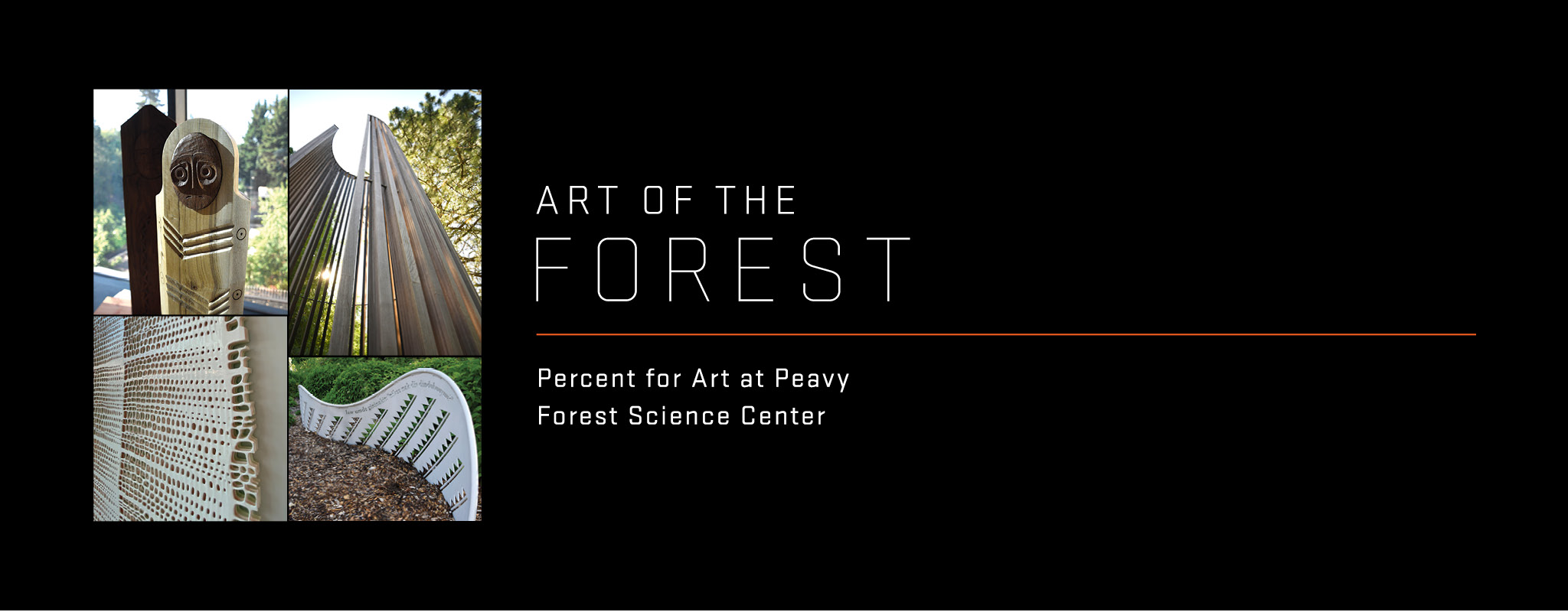Wednesday, November 30
Peavy Forest Science Center, 3100 SW Jefferson Way, Corvallis
3:30-6:00 p.m.
Oregon was one of the first states to pass ‘Percent for Art’ legislation, setting aside no less than one percent of funds for the acquisition of public-facing artwork in all state funded building construction projects. The Peavy Forest Science Center features three art installations funded by this program.
Schedule of Events:
3:30p.m.-4:30 p.m. Self guided art tours
4:30 p.m. Program
5:00-6:00 p.m. Reception
Parking: Parking permits are required until 5p.m.
